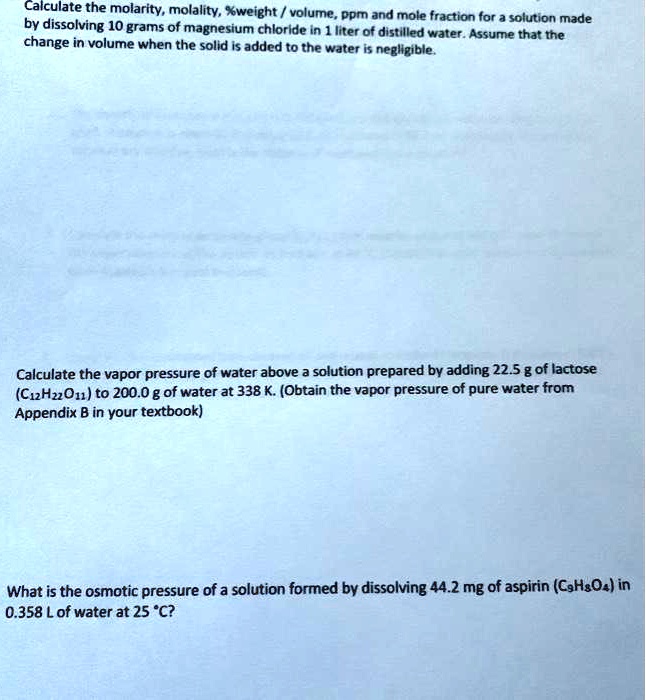
/606823-calculate-molarity-of-a-solution-FINAL-5b7d7e15c9e77c0050355d4e.png)

Then again, molarity is molar focus, implying that it discloses to you the number of moles of particles are in one L of water. Did you realize that ppm is utilized in various manners relying upon the specific situation? When managing weaken arrangements, 1 ppm can be approximated as 1 mg of substance for each liter of water, or 1 mg/L. PPM (parts per million) and molarity are proportions of fixation. But with this calculator you can do that you will get the answer Insistently.Įven if someone don’t know about this topic much then still you can use it and also learn about it from here. You can only use a manually calculator to solve your some simple calculation but you will not get Answer of your problem. As our education system has gone online so those students can use it while studding online and they don’t have to go any where.Įven if you use a calculator manually then you will not able to get the answer of problem. There are so many student who is learning online and doing online classes. Even if you have slow internet then still you can use it. It can help lot of people and it can help be used from anywhere. This tool is really nice that will help you solve so many problem of the PPM to marality.

This tool is free web based tool that can be used from any where from the whole world.


 0 kommentar(er)
0 kommentar(er)
